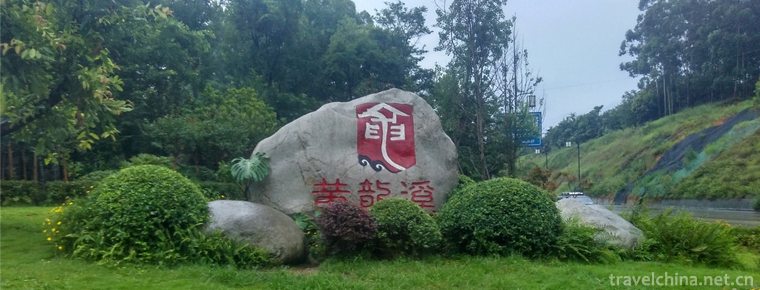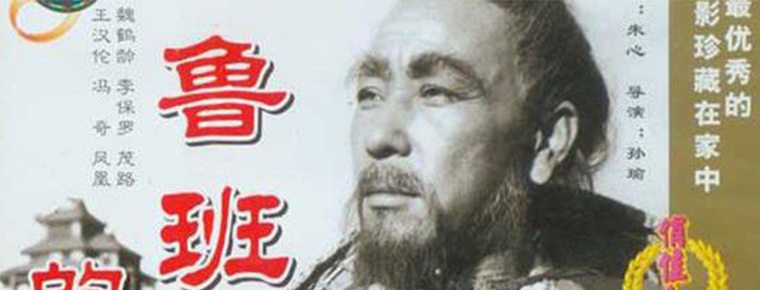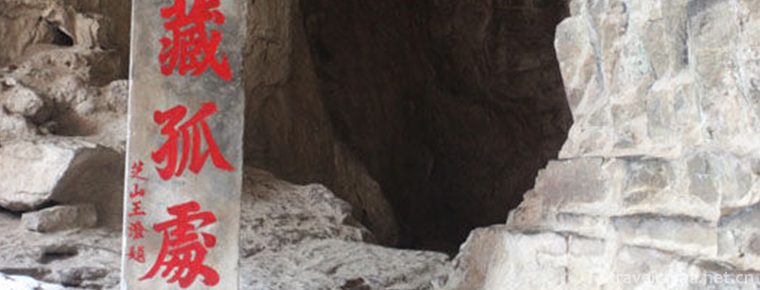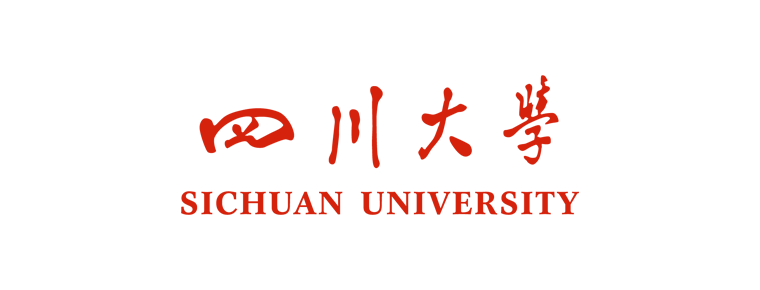Shandong drum
Shandong drum
Shandong drum, also known as "plough bamboo drum" and "pear flower drum", originated in Shandong rural areas and entered Jinan and other cities in the late Qing Dynasty.
In addition to the book drum, the musical instruments of Shandong drum were initially beaten with two pieces of plough and plough, and then two pieces of iron and copper were used, accompanied by three strings and four hus. One singer or two singers, two or three accompaniments. In the past, the tunes of Shandong drum were intertwined and tactful. After liberation, it has been reformed according to the needs of modern life. Traditional repertoires include "Black Donkey Duan" and "Carry the Doll" and so on.
On May 20, 2006, Shandong Dagu was approved by the State Council of the People's Republic of China to be included in the first batch of national intangible cultural heritage lists. The heritage number is V-4.
Historical Evolution
Origin and Background
Shandong drum originated in the countryside of northern Shandong and southern Hebei. It is the earliest drum form in northern China. Its original name is "plough drum". It was named for its initial accompaniment with plough fragments from cultivated land. Liu E's Travel Notes of Lao Can was beautified. According to its homonym, it was renamed "Pear Flower Drum" and practitioners were called "Singing Pear Flower Pieces". Around 1920, the pear flower drum developed into a nationwide influential type of Daqu. It is commonly known as "Shandong Daqu" because "all the singers are Shandong local tunes" and "all the singers are Shandong products".
Development
Shandong drum came into being in the middle of the Ming Dynasty. It has a history of more than 350 years since the end of Ming Dynasty and the beginning of Qing Dynasty. In the mid-Qing Dynasty, Shandong drum became an influential folk art form of storytelling. The artists'ranks were obviously expanded and the means of artistic expression were becoming more and more complete. During the Jiaqing period, five branches were developed, and three major schools were formed in the singing tune, namely "Lao Niu Da Lian tune in Beikou", "Lihua tune in Nankou" and "Xiao Beikou". A large number of bibliographies and many children's books such as "Xiangma Biography" and "Liu Gong Case" appeared. During the Tongguang period of the Qing Dynasty, great development was made in Shandong drum, and actresses began to appear in Nankou pear blossom tune and performed in cities. Following Guo Dani and Huang Dani, the sisters Wang Xiaoyu (Bainiu and Heiniu), known as "Red Liujingting", sang in Jinan in Guangxu Decade (1884), causing a sensation. For the sake of the travels of the remnant, Xiaoyu, the white girl king, is vividly depicted in beautiful and vivid words by the beauty of Minghu Lake. Sister Wang Xiaoyu laid a solid foundation for Shandong Dagu to truly base itself on the city and became a landmark figure in the history of development.
At the end of the Qing Dynasty, Shandong Dagu Daxing not only spread throughout the province, but also occupied bookstores in Henan, Jiangsu, Anhui, Hebei, Beijing and Tianjin, Northeast China and other places. Many Shandong Dagu Ban Society and dozens of famous artists appeared, such as Dong Lianzhi, Du Wanjun, Du Wanjun, Guo Caiyun, Luqiaoling, Queen of Gujie, Xie, Li, Sun, Zhao and other famous artists.
The decline of Shandong drum began in the early 1920s. This is because with the decline of feudal officials and literati in Qing Dynasty, Shandong Drum lost its main audience. Especially after the May 4th Movement, the trend of democratic thought was unprecedentedly active. Because the tunes of Shandong drum move back slowly, its structure is too rigorous and rigid, it is difficult to adapt to the needs of the times and attract audiences because it can not improvise large books of rap and singing and quickly enrich new bibliography. Therefore, it will inevitably be replaced by the new Xihe Drum and Henan Fall Drum, which are free to sing white and easy to talk about.
After the 1940s, the pear blossom drum gradually declined, and many artists sang Henan pendant and wooden drum instead. After the founding of the People's Republic of China, there were only two sisters, Sun Jinzhi and Sun Jinlan, singing the pear flower drum in southern Hebei. In the early 1980s, Wei County, Guangzong County and Ningjin County of Shandong Province invited Sun Jinzhi to hold a pear flower drum workshop to train new people, but with little success. After Sun Jinzhi's death in the mid-1980s, the pear flower drum made a great success in southern Hebei Province.
Artistic Characteristics
Singing Form
Shandong drums are sung by one person or by two people, accompanied by two or three people. The melody is high, including speaking, singing, Tao and Bai; the narrative and Lyric blend. The lyrics are basically seven-character sentences and cross sentences. The singer holds drumstick in his right hand and iron (copper) film in his left hand, singing while tapping. The musician accompanied by three strings.
Singing genre
The singing chamber belongs to the board chamber, which is generally divided into Adagio (also known as head plate), second board (flowing board), third board, fast board and so on. Its bibliography is mainly in the middle part, singing from one another, but not in the short part. The singing tunes and bibliography of the three tribes have different characteristics and styles. The "Lao Beikou" group has a rough and bold vocal tune. Its opening tune is composed of two boards of the headboard or similar headboard. It has a slow speed, a long tail, a slab up and down, a ruthless pronunciation, authentic pronunciation, a heavy fall, a tight voice, and a good use of the tune. Its melody resembles the natural fluency of singing. Therefore, it has the common name of "Lao Niu Da Li", "Xiao Beikou" School's singing style, which has absorbed some techniques of Xihe Dagu. Compared with "Lao Beikou", it is smart, euphemistic and delicate, good at speaking "documents" and adding narrative in singing; Nankou School's singing is melodious, melodious and exquisite, with fewer words and complicated rhythm. In addition to the Banqiang style, Nankou School also has a number of tunes, called Banqiang, divided into two categories, fast and slow, which are only used in special Arias such as Little Black Donkey, Little Black Cow and Sifu Wang Erjie.
Musical instruments
The main accompanying instruments are short-footed drums, big three strings and crescent plates (also known as pear blossoms).
Distribution area
Spread areas not only in Shandong urban and rural areas, but also in the south to Xuzhou, Nanjing, Shanghai, West to Zhengzhou, Luoyang, Hankou, Chongqing, north to Beijing, Tianjin and northeast, have been prosperous for a time.
Inheritance and Protection
Current situation of circulation
Since the late 20th century, Shandong drum has gradually declined, only a few actors can perform, which needs urgent support and protection.
protective measures
China pursues a series of supporting policies. Economically, financial support should be given. In terms of policy, advocating regional culture to enter the campus and developing characteristic education has formed a tide of attaching importance to and learning intangible cultural heritage in the education industry and even the whole society. From 2010 to 2012, Shandong Institute of Art cooperated with art units successively to establish Jinan Quyi Troupe, Jinan Academy of Art and Shandong Management College as the heritage base of Shandong Dagu through many ways, such as big drum entering universities and combining research institutes with theatrical troupes. Through personnel training and performance practice, the development law of intangible cultural heritage was summarized and the research phase was explored. The corresponding inheritance mode and way.
Heritage figures
Zuo Yuhua, female, Hui nationality, born in Jinan, Shandong Province in 1947. The second batch of national intangible cultural heritage projects are representative successors of Shandong drum. In 1959, he joined Shandong Quyi Troupe. He was taught by Xie Dayu, an artist from Shandong Dagu, and the main worker Lihua Dagu. In 1978, he was transferred to the Quyi Department of Shandong Opera School. In 1981, he was transferred to the Quyi Department of Shandong Art Museum for the guidance and creation of Quyi. During this period, he appealed to revitalize the Dagu of Lihua, and published Lihua Feng Gu Bone, Pray for Pear Flowers to Blossom Again, and Comments on the Rise and Dec The article is now an associate research librarian of Shandong Museum of Art. Zuo Yuhua inherited Xie Dayu's vigorous and unrestrained singing characteristics, with euphemistic tone, smart mouth, rigid and soft performance, graceful and generous. His representative works include: Grass Boat Borrowing Arrows, Swan Goose Picking Books, etc.
Selected as a non-survivor
On May 20, 2006, it was approved by the State Council to be included in the first batch of national intangible cultural heritage list.
The Value of Quyi
Shandong drum originated from the most basic way of existence of the Chinese nation - farming culture, which is an original art form. It reflects the close relationship between production mode and art form, reflects the life attitude of material production and cultural entertainment, is the crystallization of social and cultural life in the late Ming and early Qing Dynasties, and is the artistic feature of typical farming civilization.
Shandong Dagu, which has been inherited for more than 300 years, has unique musical singing, rich program and rich local color. It has directly promoted the formation of Shandong Express Books, and has had a significant impact on the formation and development of such artistic forms as "Qiao School" Henan Dangzi and Xihe Dagu. It is an indispensable precious cultural heritage in the treasure house of Chinese civilization and art.
Shandong drum has a unique singing style, has become a mature form of folk art, with high appreciation value. At the same time, there are many drums and drums in Shandong Province, which have strong local color and high literary value.
Shandong drum has a long history and distinctive features. It not only presents distinct national and regional characteristics, but also reflects the characteristics of different stages of social development and different cultural ecology. These are gradually formed in the long historical years, spread to today, more precious. It can be said that Shandong drum shows a history of human cultural development for the world in vivid artistic form, so it has important research value in the history of culture.
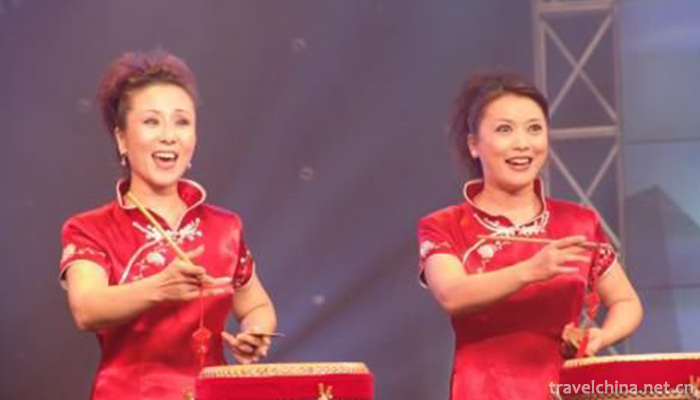
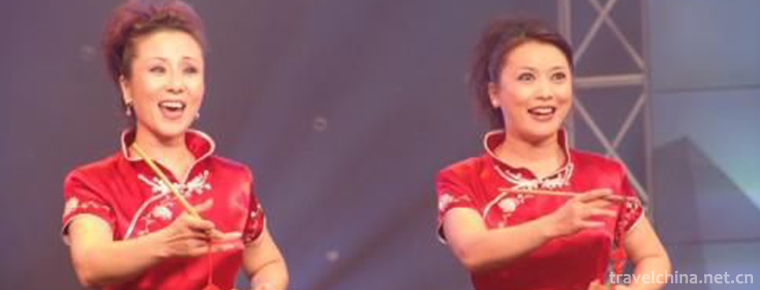
Shandong drum
-
Huang Longxi
Huanglong Valley, Shuangliu District, Chengdu, Sichuan, China
Views: 150 Time 2018-10-02 -
JiuMenKou Great Wall
Views: 211 Time 2018-12-22 -
Miyuan Yunding Paradise
Miyuan Yunding Paradise Park is located in Chongli District, Zhangjiakou City, Hebei Province, 220 km from Beijing, only 50 minutes after the completion of the high-speed railway
Views: 176 Time 2019-02-07 -
Pingle Ancient Town
Pingle Ancient Town, located 93 kilometers southwest of Chengdu and 18 kilometers southwest of Qionglai City, is a famous historical and cultural town in China.
Views: 195 Time 2019-02-07 -
Comic Opera Funny opera
Funny opera is one of the local dramas in Shanghai. It is now mainly popular in Shanghai and its surrounding Wu dialect areas.
Views: 279 Time 2019-05-04 -
Legend of Luban
productivity and the change of production tools have created conditions for the improvement of technology.
Views: 268 Time 2019-05-15 -
Sho Dun Festival
The Shirton Festival is a traditional religious festival of Tibetan people in Tibet, Qinghai, Gansu, Sichuan, Yunnan and other provinces and regions. It is mostly held in early February, mid-April or
Views: 184 Time 2019-07-09 -
Legend of Zhaos Orphans
Zhao's orphan legend is one of the folk legends in Shanxi Province. In the folk of Yuxian County, the legends about Zhao's orphans are handed down orally and orderly. Every year, there are more than 1
Views: 212 Time 2019-07-25 -
Sichuan University
Sichuan University is a national key university directly under the Ministry of Education, and a high-level research-oriented comprehensive university with national layout and key construction in Weste
Views: 122 Time 2019-08-30 -
Xichang College
Xichang College is located in Liangshan Yi Autonomous Prefecture, Sichuan Province, which is the largest Yi inhabited area in the country "spanning thousands of years step by step". It is a
Views: 172 Time 2019-08-31 -
Beijing Information Science And Technology University
Beijing Information Science and Technology University (Beijing Information Science and Technology University), located in Beijing City, is a city with a coordinated development of engineering, managem
Views: 177 Time 2019-09-21 -
Chengdu Jinsha Site Museum
Chengdu Jinsha Site Museum, a national AAAA tourist attraction, is located at No.2 Jinsha Ruins Road, Qingyang District, Chengdu City, Sichuan Province. It covers an area of 456 Mu and a building area of 38000 square meters.
Views: 225 Time 2020-11-06
